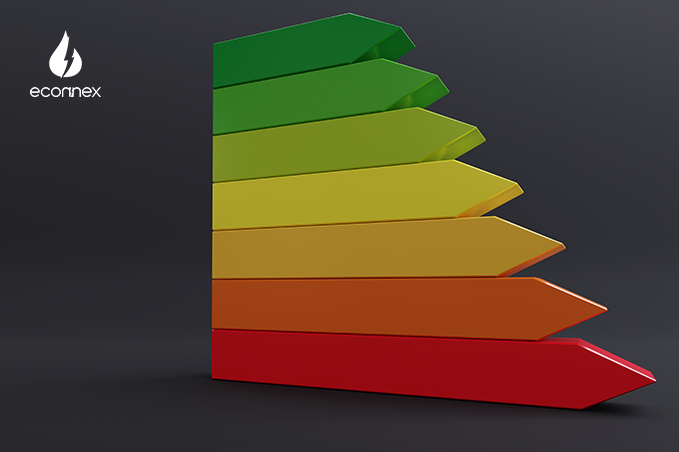Energy pricing fact sheets made simple! Avoid these common mistakes when reading them to make better choices for your utility plans.

Published on 01/10/2023
By Ankit Jain
Energy Comparison
Comparing energy plans are confusing, you just needed to be guided. There are some common mistakes we all make while reading or learning about Energy pricing fact sheets. All information needed is on the Power price fact sheets but if you don’t know how to read and understand them you might end up paying more than you need to.
The first thing that you’ll see on an Electricity price fact sheet is daily supply and usage charges you need to pay. This basically explains exactly what you will be charged for using power and what you need to pay for being connected to the energy network.
The energy retailers display pricing both excluding and including GST. On the left column prices exclude GST and on the right column includes GST. If you’re comparing rates from several different providers, don’t be confused and compare the same type of rates.
How to avoid this error:
Read the details carefully. Print- off the price fact sheets when comparing to highlight and focus on the important details.
Don’t assume the prices you initially find are here to last. The displayed rates on the price fact sheets are subject to change. If the plan that you’re eyeing for comes with variable rates, rates will change at least every 12 months. The rates varied in line with the plan terms and conditions but notices will be given before price increases.
How to avoid this mistake:
You need to be vigilant. Read through every bill you receive and closely read any other correspondence. You can also compare the usage and supply rates shown on your recent bill form a previous bill. You should also regularly compare energy offers to ensure the rates are still competitive with what you have.
You are always told to check the small print especially when it comes to extra fees and charges. Here are the different types of fees to watch out for and might give you additional expense.
How to avoid this mistake:
These fees are often displayed towards the bottom of price fact sheets, so read through the whole bill. Familiarization with different types of fees might help you to make better decisions for your plan to avoid unnecessary charges.
Big discounts on power plan are the key tool of different energy providers. Keep in mind, plans with the biggest discounts do not always mean the biggest savings.
Be aware of the terms and conditions that come along with it. Most energy or electricity plans have no contract period and plans with conditional discounts will have a benefit period. A benefit period refers to the length of time the discount applies for, and if you have an ongoing contract, the benefit will expire before the end of it.
How to avoid this mistake:
Know the details of the plan, its’ contract length and benefit period.
Paying a little to keep up to date with bills can be OK rather than paying one bill at once every three months. Keep in mind when comparing energy plans check on the billing cycle.
In case of estimated billing, your retailer will charge you a certain amount from month to month and then eventually hit you with a ‘settlement figure’ at a later date. Check the small section with the billing frequency details on the fact sheets.
How to avoid this mistake:
Be alert! Details on billing frequency appear near the top of energy price fact sheets. If you’re struggling with large quarterly bills, check your options for smooth billing.
The energy price fact sheets contain all the information that you need about energy plans. If any information and basic details are not clear don’t hesitate to ask the provider. Be vigilant of any changes and shop around for a better energy deal to make sure you get the best plan offers.
Let Econnex help you.



